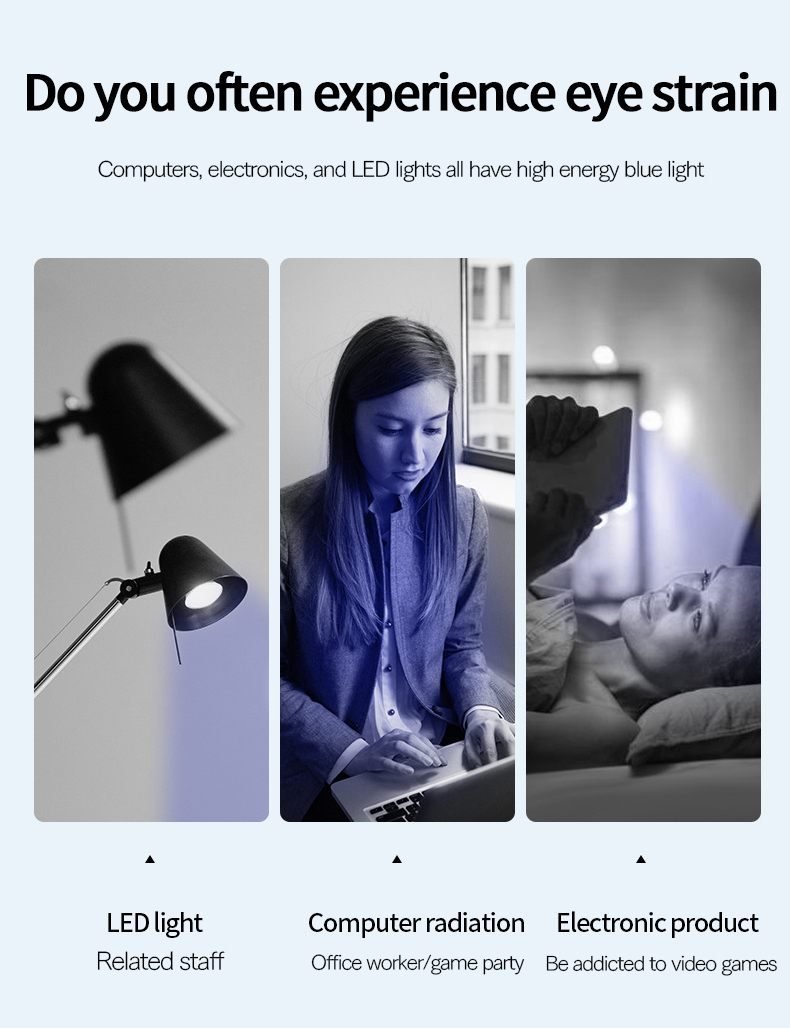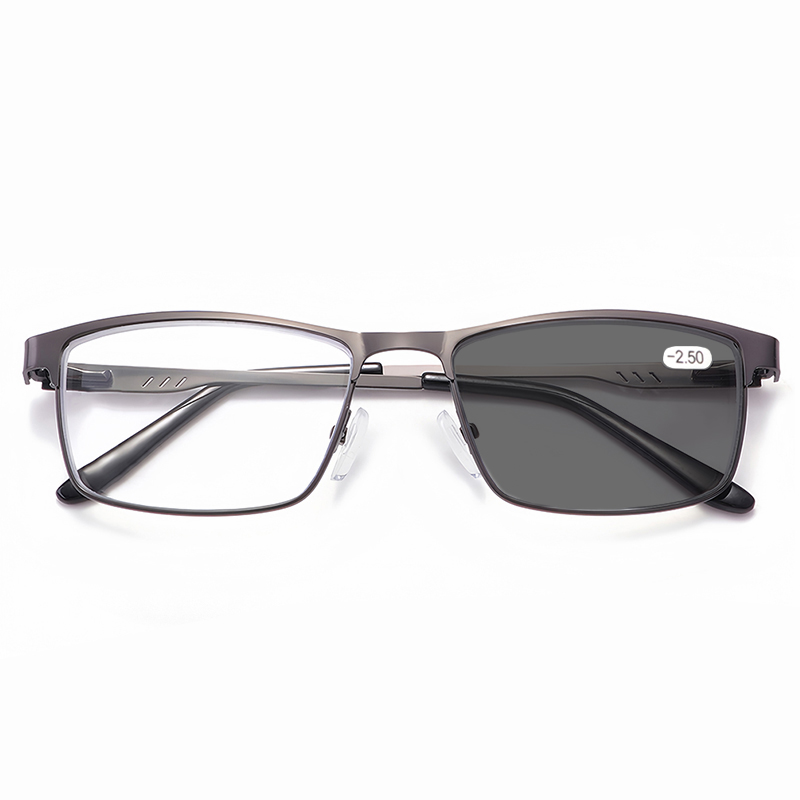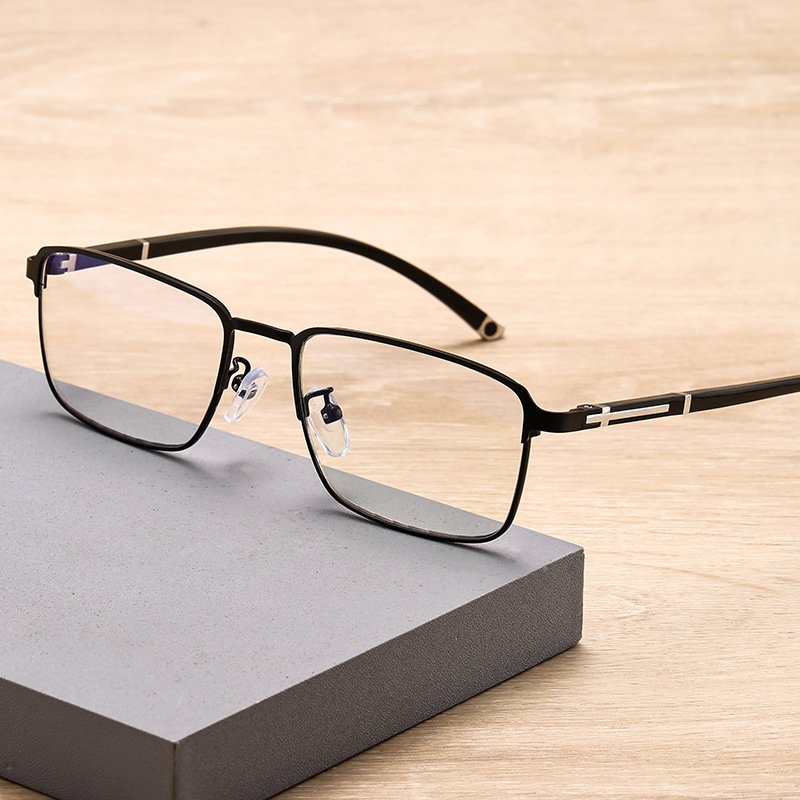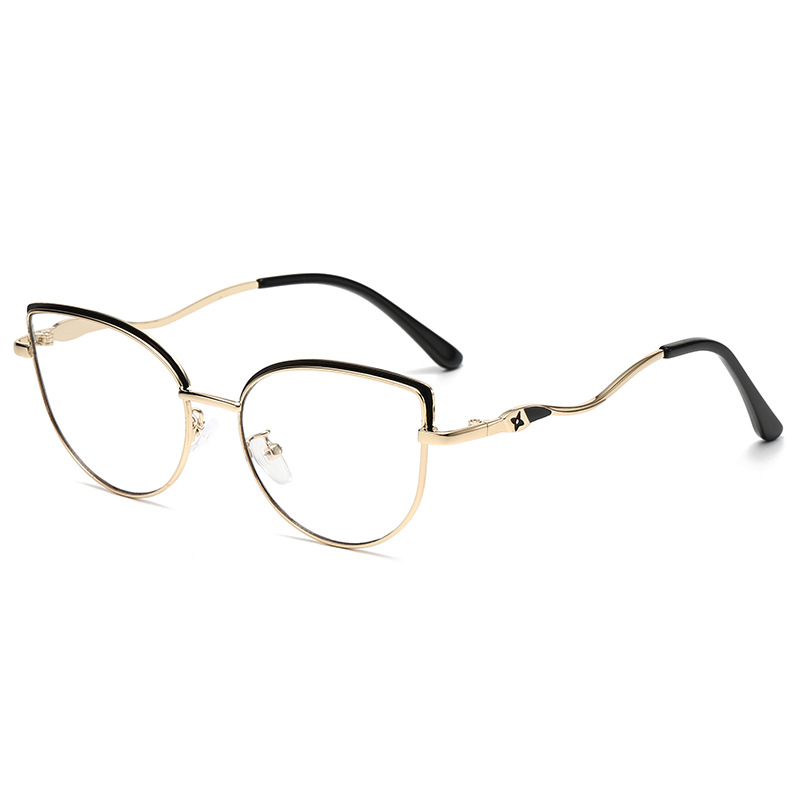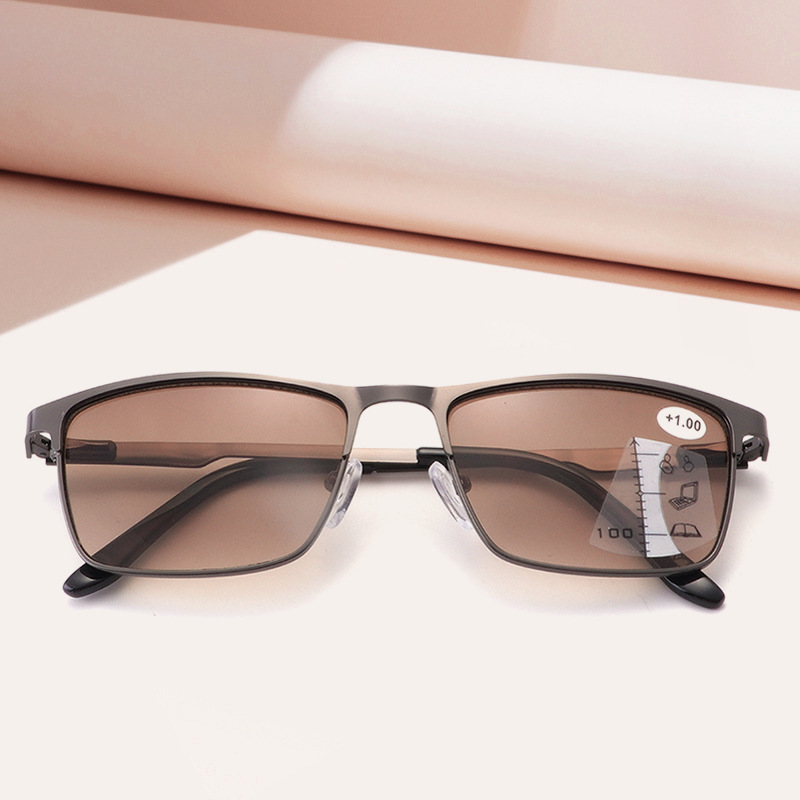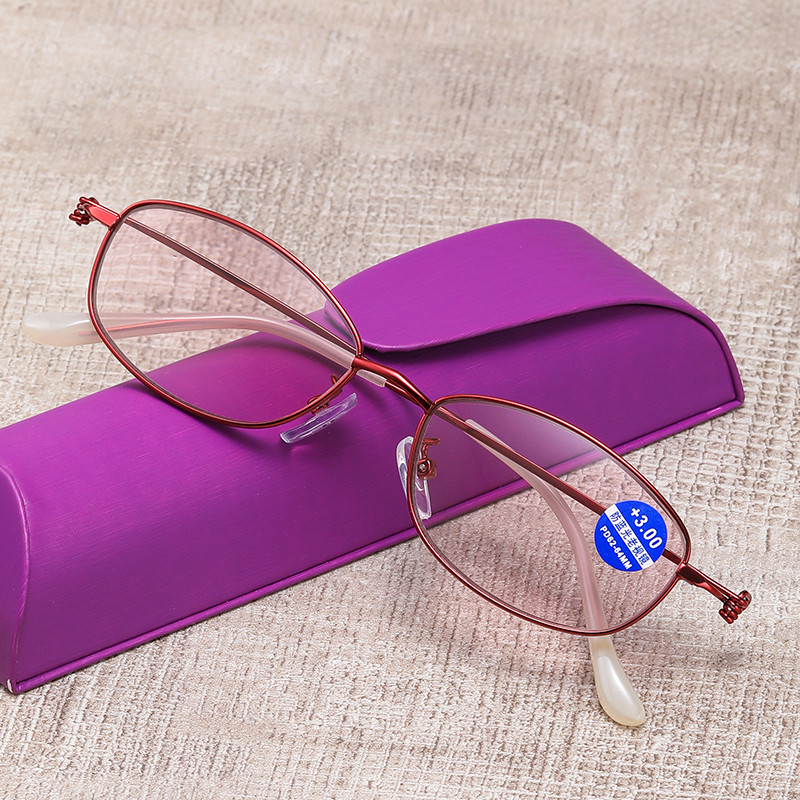What are the levels of myopia?
2025-07-06
In recent years, myopia has emerged as a global health concern, affecting people of all ages. Understanding the levels of myopia is crucial for early detection, appropriate management, and prevention of potential complications.
According to the World Health Organization, myopia is typically classified into three main levels: low, moderate, and high. Low myopia, also known as mild myopia, refers to a refractive error between -0.50 and -3.00 diopters. People with low myopia usually experience relatively mild vision problems, such as slightly blurry distant vision. They may only need to wear glasses or contact lenses for specific activities like watching movies, driving, or looking at road signs.
Moderate myopia occurs when the refractive error ranges from -3.25 to -6.00 diopters. Those with moderate myopia generally have more significant difficulty seeing objects at a distance. Daily activities like reading road signs, recognizing faces from afar, or watching sports events without corrective lenses become challenging. Regular use of glasses or contact lenses is often required to ensure clear vision.
High myopia, the most severe level, is diagnosed when the refractive error exceeds -6.00 diopters. Individuals with high myopia face substantial vision impairment and are at a higher risk of developing serious eye conditions, including retinal detachment, glaucoma, and cataracts. Besides relying on strong corrective lenses, they may also consider refractive surgeries such as LASIK to improve their vision. However, these surgeries come with their own set of risks and considerations.
Dr. Emily Chen, an ophthalmologist, emphasizes, “With the increasing prevalence of digital devices and sedentary lifestyles, the number of people with myopia, especially high myopia, is rising. Regular eye examinations are essential for accurately determining the level of myopia and taking appropriate preventive and treatment measures.” As myopia continues to impact more individuals worldwide, raising awareness about its different levels is the first step towards better eye health.
